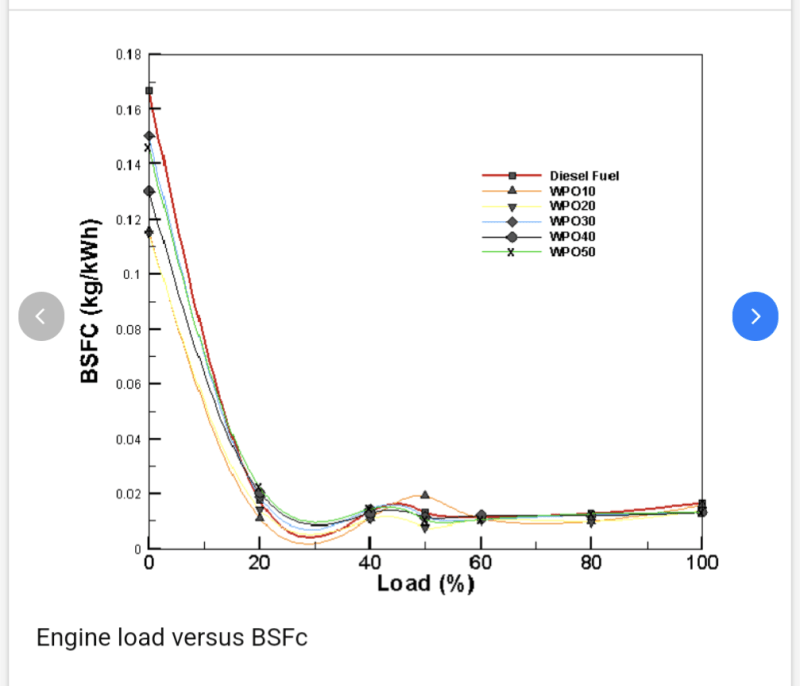Singhnishesh
Mechanical
Greetings everyone!
I am trying to work out the fuel consumption of a ferry that uses a diesel engine (Detroit Diesel 8V92Ta). I have attached the fuel consumption chart in this post. The idling rpm of the engine is around 200 rpm but the minimum rpm given in the fuel consumption chart is given to be 1200 rpm. The problem is the fuel consumption is provided for an rpm range from 1200-2000 rpm. What about values below 1200 rpm?
Thank you for your help
I am trying to work out the fuel consumption of a ferry that uses a diesel engine (Detroit Diesel 8V92Ta). I have attached the fuel consumption chart in this post. The idling rpm of the engine is around 200 rpm but the minimum rpm given in the fuel consumption chart is given to be 1200 rpm. The problem is the fuel consumption is provided for an rpm range from 1200-2000 rpm. What about values below 1200 rpm?
Thank you for your help

